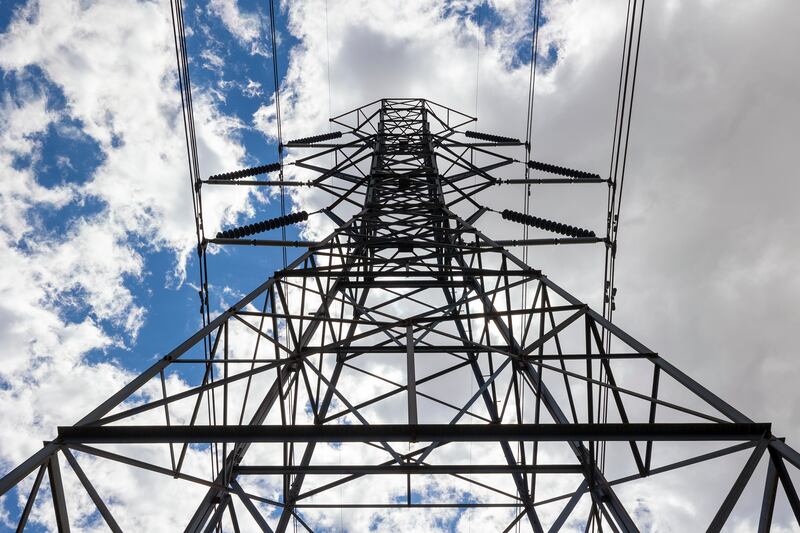Record breaking, triple-digit temperatures are pushing California’s energy grid to its limit, with the system on emergency alert and operators warning of possible rolling blackouts on Tuesday.
Cal ISO (independent system operator) head Elliot Mainzer said on Monday that Tuesday’s estimated demand for power would be 51,000 megawatts. For reference, Monday’s estimated demand was 48,000 megawatts, according to KCRA.
He said that the state’s grid will need about two to three times as much conservation from people across the state at homes and businesses as has been the case recently during “Flex Alerts” — times when Californians are asked to cut back their energy use.
The pain of saving energy: California residents, during these flex alerts, are being asked to refrain from using large appliances from 4 p.m. to 10 p.m., keep the thermostat a little higher, and even forgo charging electric cars to keep the grid from failing. That comes during the most insufferable time of the day when the heat is bearing down on homes and businesses.
Newsweek reported that electricity usage hit its highest level in five years in the Golden State as temperatures soared, reaching 114 degrees at Sacramento airport, boosting air conditioning use and increasing the risk of power plant failure.
Fatih Birol, executive director of the International Energy Agency, told the publication that the heat waves, which will intensify, will make it harder to meet “electricity demand while also decarbonising the electricity supply.”
In a summary Birol wrote last year, the director warned: “Heat waves put pressure on electricity systems in multiple ways. They increase demand as people turn up air-conditioning and as some appliances have to work harder to maintain cool temperatures. At the same time, higher temperatures can also squeeze electricity supplies by reducing the efficiency and capacity of traditional thermal power plants, such as coal, natural gas and nuclear.”
Utah’s own heat wave: The Salt Lake City International Airport hit a new record on Monday, reaching a scorching 104 degrees. It was the 23rd warmest day on record and this summer, the city has hit triple-digit temperatures 32 times.
Rocky Mountain Power scrapped a planned outage that was to take place Tuesday that would have impacted more than 500 customers in South Jordan. The planned outages were not due to energy demand, however, but were to ensure maintenance and repairs could be made to the system. The outage was delayed due to the hot weather and will happen when temperatures begin to cool, which is expected later this week into next week.
PacifiCorp, Rocky Mountain Power’s parent company, is the largest grid owner and operator in the West, serving six states, including Utah.
“Our customers have the benefit of being part of a diverse grid with a large portfolio of generation options and transfer capabilities. And each year the company conducts extensive advance planning to ensure adequate system resources are available to manage these seasonal customer demands,” said spokeswoman Tiffany Erickson.
“Barring extreme unforeseen circumstances, PacifiCorp does not anticipate power supply issues in serving our customers,” she added.


